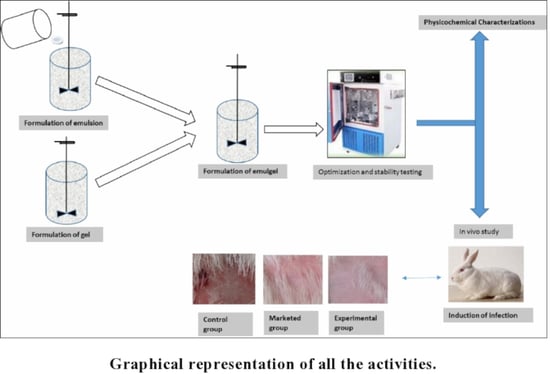Fabrication and Characterization of Polymeric Pharmaceutical Emulgel Co-Loaded with Eugenol and Linalool for the Treatment of Trichophyton rubrum Infections
Abstract
:1. Introduction
2. Materials and Methods
2.1. Chemicals and Reagents
2.2. Experimental Animals
2.3. Preparation of Emulgel
2.4. Evaluation and Characterizations of Emulgels
2.4.1. Physical Examination and Stability
2.4.2. Rheological Study of Emulgel
2.4.3. Spreading Coefficient
- S represents “Spreadability of formulation”.
- M represents the “Weight tied to upper slide of the apparatus.
- L represents the “Length of glass slides”.
- and T represents the “Time taken to separate the slides from one another.
2.4.4. Swelling Behavior
- SI indicates swelling index.
- W1 indicates original weight of emulgel.
- W2 indicates weight of swollen emulgel.
2.4.5. Drug Content Determination
2.4.6. SEM Analysis
2.4.7. Globule Size, PDI, and Zeta Potential
2.4.8. Thermal Behavior
2.4.9. In Vitro Drug Release
2.4.10. X-ray Diffraction Studies
2.5. In Vitro Antifungal Activity
2.6. In Vivo Studies
2.6.1. Ethics
2.6.2. Experimental Design
2.6.3. Fungal Strain
2.6.4. Induction of Fungal Infection
2.6.5. Clinical Evaluation and Scoring of Infection
2.7. Statistical Analysis
3. Results and Discussion
3.1. Physical Properties of Eugenol–Linalool Emulgel
3.2. Viscosity of Prepared Emulgels
3.3. Evaluation of Spreadability
3.4. Swelling Index of Emulgels
3.5. Drug Content Analysis
3.6. SEM Analysis
3.7. Droplet Size, PDI, and Zeta Potential
3.8. Thermal Analysis
3.9. In Vitro Drug Release
3.10. XRD Studies
3.11. Biological Evaluation of the Prepared Emulgel
3.11.1. In Vitro Anti-Fungal Activity
3.11.2. Induction of Infection
3.11.3. Assessment of In Vivo Antifungal Activity
4. Conclusions
Author Contributions
Funding
Institutional Review Board Statement
Data Availability Statement
Acknowledgments
Conflicts of Interest
References
- Panchal, B.; Rathi, S. Topical Emulgel: A Review on State uf Art. Pharma Sci. Monit. 2018, 9, 253–264. [Google Scholar]
- Cortés-Rojas, D.F.; de Souza, C.R.F.; Oliveira, W.P. Clove (Syzygium aromaticum): A precious spice. Asian Pac. J. Trop. Biomed. 2014, 4, 90–96. [Google Scholar] [CrossRef] [Green Version]
- Mallavarapu, G.R.; Ramesh, S.; Chandrasekhara, R.S.; Rao, B.R.R.; Kaul, P.N.; Bhattacharya, A.K. Investigation of the essential oil of cinnamon leaf grown at Bangalore and Hyderabad. Flavour Fragr. J. 1995, 10, 239–242. [Google Scholar] [CrossRef]
- Pathak, S.B.; Niranjan, K.; Padh, H.; Rajani, M. TLC Densitometric Method for the Quantification of Eugenol and Gallic Acid in Clove. Chromatographia 2004, 60, 241–244. [Google Scholar] [CrossRef]
- Vankar, P.S. Essential oils and fragrances from natural sources. Resonance 2004, 9, 30–41. [Google Scholar] [CrossRef]
- Rastogi, S.; Kumar, R.; Chanotiya, C.; Shanker, K.; Gupta, M.M.; Nagegowda, D.; Shasany, A.K. 4-Coumarate: CoA Ligase Partitions Metabolites for Eugenol Biosynthesis. Plant Cell Physiol. 2013, 54, 1238–1252. [Google Scholar] [CrossRef] [Green Version]
- Kang, S.-H.; Kang, S.-W.; Kim, J.-H.; Kim, H.-Y.; Ryu, H.-S.; Bae, S.-Y.; Oh, J.-A.; Ahn, D.K. Participation of Opioid Pathway in the Central Antinociceptive Effects of Eugenol. Int. J. Oral Biol. 2018, 43, 147–153. [Google Scholar] [CrossRef]
- Liu, Y.-M.; Fan, H.-R.; Deng, S.; Zhu, T.; Yan, Y.; Ge, W.-H.; Li, W.-G.; Li, F. Methyleugenol Potentiates Central Amygdala GABAergic Inhibition and Reduces Anxiety. J. Pharmacol. Exp. Ther. 2019, 368, 1–10. [Google Scholar] [CrossRef] [PubMed] [Green Version]
- Dias, I.J.; Trajano, E.R.I.S.; Castro, R.D.; Ferreira, G.L.S.; Medeiros, H.C.M.; Gomes, D.Q.C. Antifungal activity of linalool in cases of Candida spisolated from individuals with oral candidiasis. Braz. J. Biol. 2018, 78, 368–374. [Google Scholar] [CrossRef] [PubMed] [Green Version]
- Boonchird, C.; Flegel, T.W. In vitro antifungal activity of eugenol and vanillin against Candida albicans and Cryptococcus neoformans. Can. J. Microbiol. 1982, 28, 1235–1241. [Google Scholar] [CrossRef] [PubMed]
- Wang, C.; Zhang, J.; Chen, H.; Fan, Y.; Shi, Z. Antifungal activity of eugenol against Botrytis cinerea. Trop. Plant Pathol. 2010, 35, 137–143. [Google Scholar] [CrossRef] [Green Version]
- Peana, A.T.; D’Aquila, P.S.; Chessa, M.; Moretti, M.D.; Serra, G.; Pippia, P. (−)-Linalool produces antinociception in two experimental models of pain. Eur. J. Pharmacol. 2003, 460, 37–41. [Google Scholar] [CrossRef]
- Klimánková, E.; Holadová, K.; Hajšlová, J.; Cajka, T.; Poustka, J.; Koudela, M. Aroma profiles of five basil (Ocimum basilicum L.) cultivars grown under conventional and organic conditions. Food Chem. 2008, 107, 464–472. [Google Scholar] [CrossRef]
- Khan, B.A.; Ullah, S.; Khan, M.; Alshahrani, S.M.; Braga, V.A. Formulation and evaluation of Ocimum basilicum-based emulgel for wound healing using animal model. Saudi Pharm. J. 2020, 28, 1842–1850. [Google Scholar] [CrossRef] [PubMed]
- Muhammad, K.K.; Bushra, U.; Adnan, A.; Barkat, A.A. Determination of Antifungal Activity of Secondary Metabolites Extracted from Pseudomonas aeruginosa against Selected Fungal Strains. Lat. Am. J. Pharm. 2021, 40, 285–290. [Google Scholar]
- Burki, I.K.; Khan, M.K.; Khan, B.A.; Uzair, B.; Braga, V.A.; Jamil, Q.A. Formulation Development, Characterization, and Evaluation of a Novel Dexibuprofen-Capsaicin Skin Emulgel with Improved In Vivo Anti-inflammatory and Analgesic Effects. AAPS PharmSciTech 2020, 21, 1–14. [Google Scholar] [CrossRef] [PubMed]
- Khan, A.; Yasmin, H.K.; Tariq, Q.; Mughal, M.A.; Sultan, K.K.M. Novel insight into potential leishmanicidal activities of transdermal patches of nigella sativa: Formulation development, physical characterizations, and in vitro/in vivo assays, Assay. Drug Develo. Technol. 2021, 3, 2335–2341. [Google Scholar] [CrossRef]
- Anwar, M.; Ahmad, M.; Minhas, M.U.; Rehmani, S. Alginate-polyvinyl alcohol based interpenetrating polymer network for prolonged drug therapy, optimization and in-vitro characterization. Carbohydr. Polym. 2017, 166, 183–194. [Google Scholar] [CrossRef] [PubMed]
- Eid, A.M.; El-Enshasy, H.A.; Aziz, R.; Elmarzugi, N.A. Preparation, Characterization and Anti-Inflammatory Activity of Swieteniamacrophylla Nanoemulgel. J. Nanomed. Nanotechnol. 2014, 5, 23–29. [Google Scholar] [CrossRef]
- Kamar, S.S.; Abdel-Kader, D.H.; Rashed, L.A. Beneficial Effect of Curcumin Nanoparticles-Hydrogel on Excisional SkinWound Healing in Type-I Diabetic Rat: Histological and Immunohistochemical Studies. Ann. Anat. 2019, 222, 94–102. [Google Scholar] [CrossRef]
- Ghannoum, M.A.; Hossain, M.A.; Long, L.; Mohamed, S.; Reyes, G.; Mukherjee, P.K. Evaluation of antifungal efficacy in an optimized animal model of Trichophyton mentagrophytes-dermatophytosis. J. Chemother. 2004, 16, 139–144. [Google Scholar] [CrossRef] [PubMed]
- Khan, B.A.; Khan, A.; Khan, M.K.; Braga, V.A. Preparation and properties of High sheared Poly(Vinyl Alcohol)/Chitosan blended Hydrogels films with Lawsonia inermis extract as wound dressing. J. Drug Deliv. Sci. Technol. 2020, 61, 456–462. [Google Scholar] [CrossRef]
- Yen, C.-C.; Chen, Y.-C.; Wu, M.-T.; Wang, C.-C.; Wu, Y.-T. Nanoemulsion as a strategy for improving the oral bioavailability and anti-inflammatory activity of andrographolide. Int. J. Nanomed. 2018, 13, 669–680. [Google Scholar] [CrossRef] [PubMed] [Green Version]
- Hussain, A.; Samad, A.; Singh, S.K.; Ahsan, M.N.; Haque, M.W.; Faruk, A.; Ahmed, F.J. Nanoemulsion gel-based topical delivery of an antifungal drug: In vitro activity and in vivo evaluation. Drug Deliv. 2016, 23, 642–657. [Google Scholar] [CrossRef]
- Zhou, L.-J.; Li, F.-R.; Huang, L.-J.; Yang, Z.-R.; Yuan, S.; Bai, L.-H. Antifungal Activity of Eucalyptus Oil against Rice Blast Fungi and the Possible Mechanism of Gene Expression Pattern. Molecules 2016, 21, 621. [Google Scholar] [CrossRef] [PubMed] [Green Version]
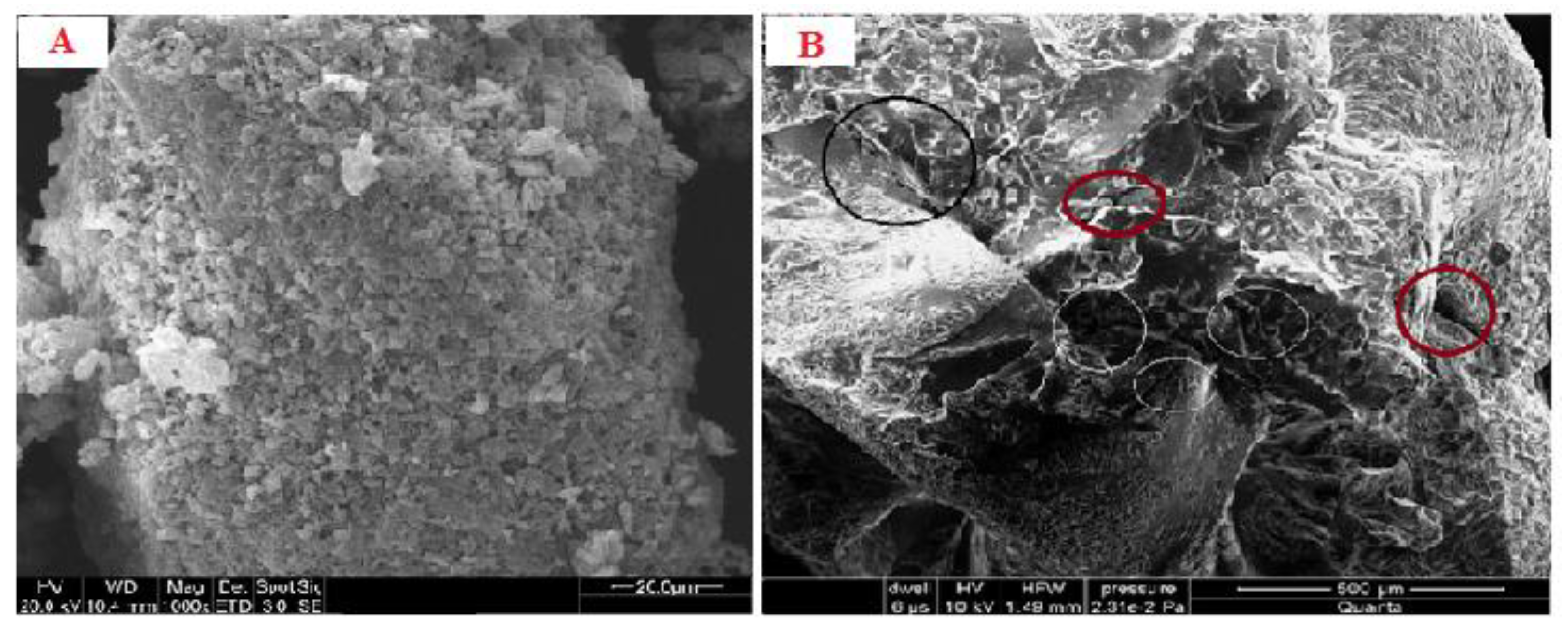
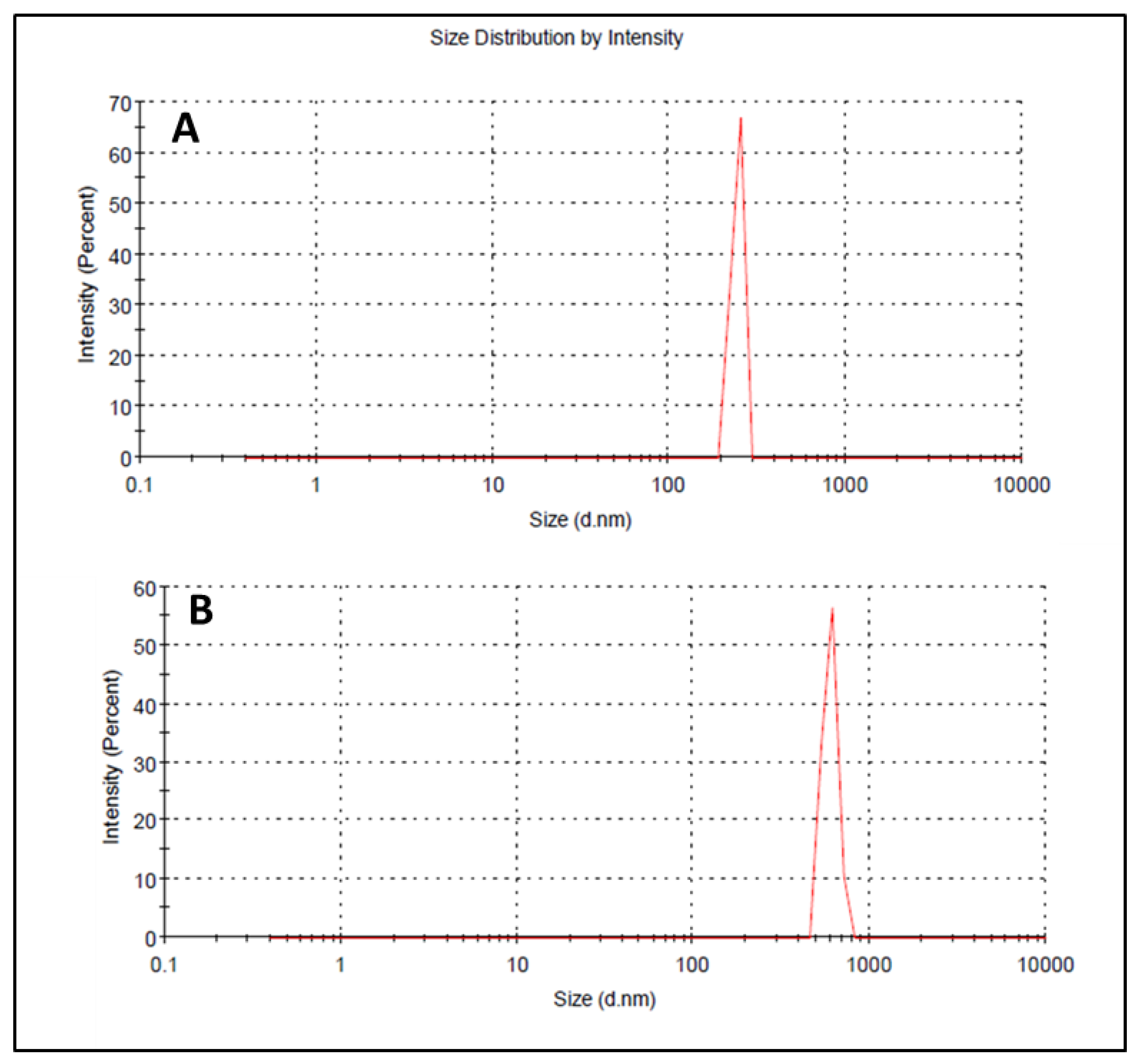
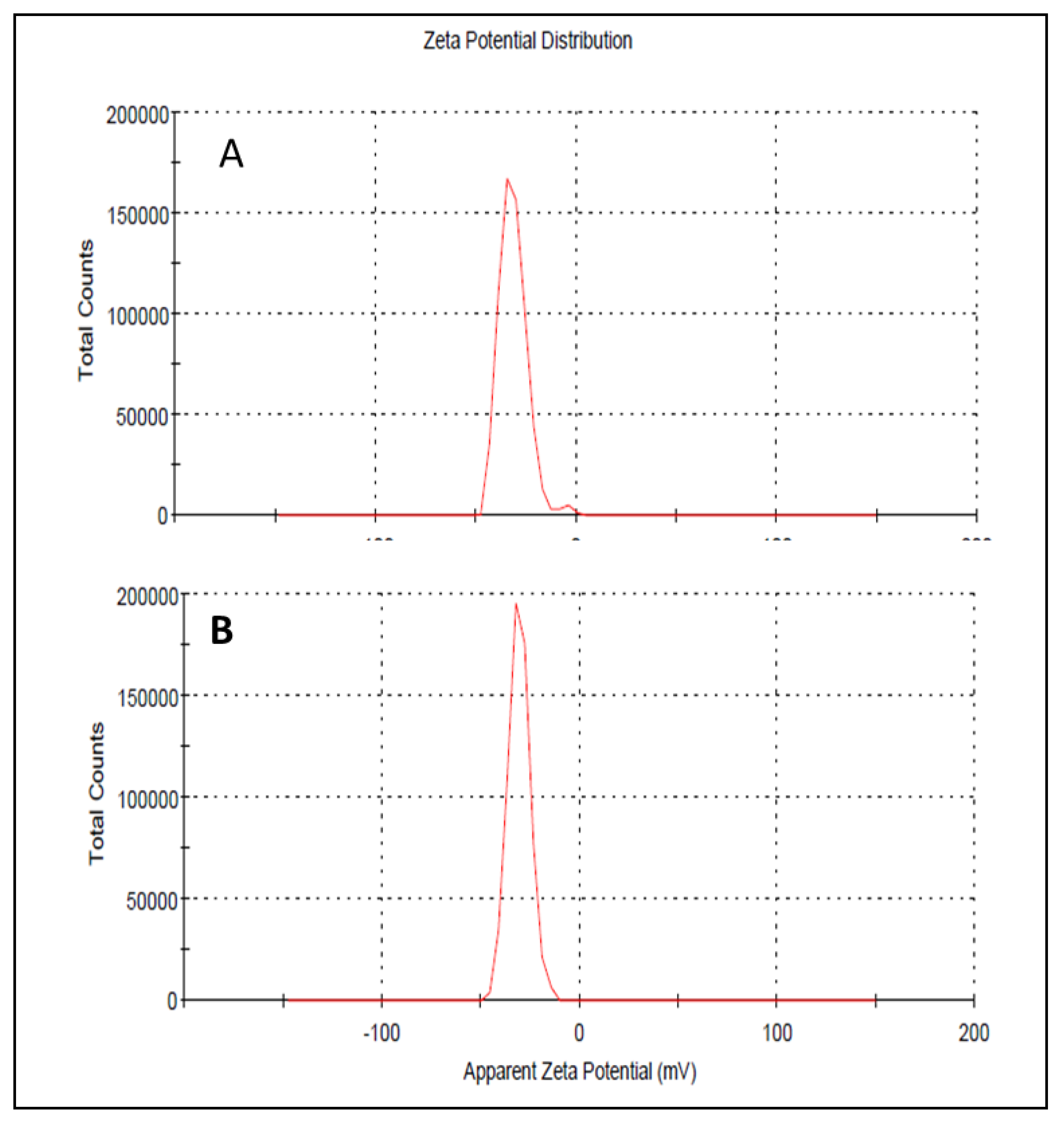

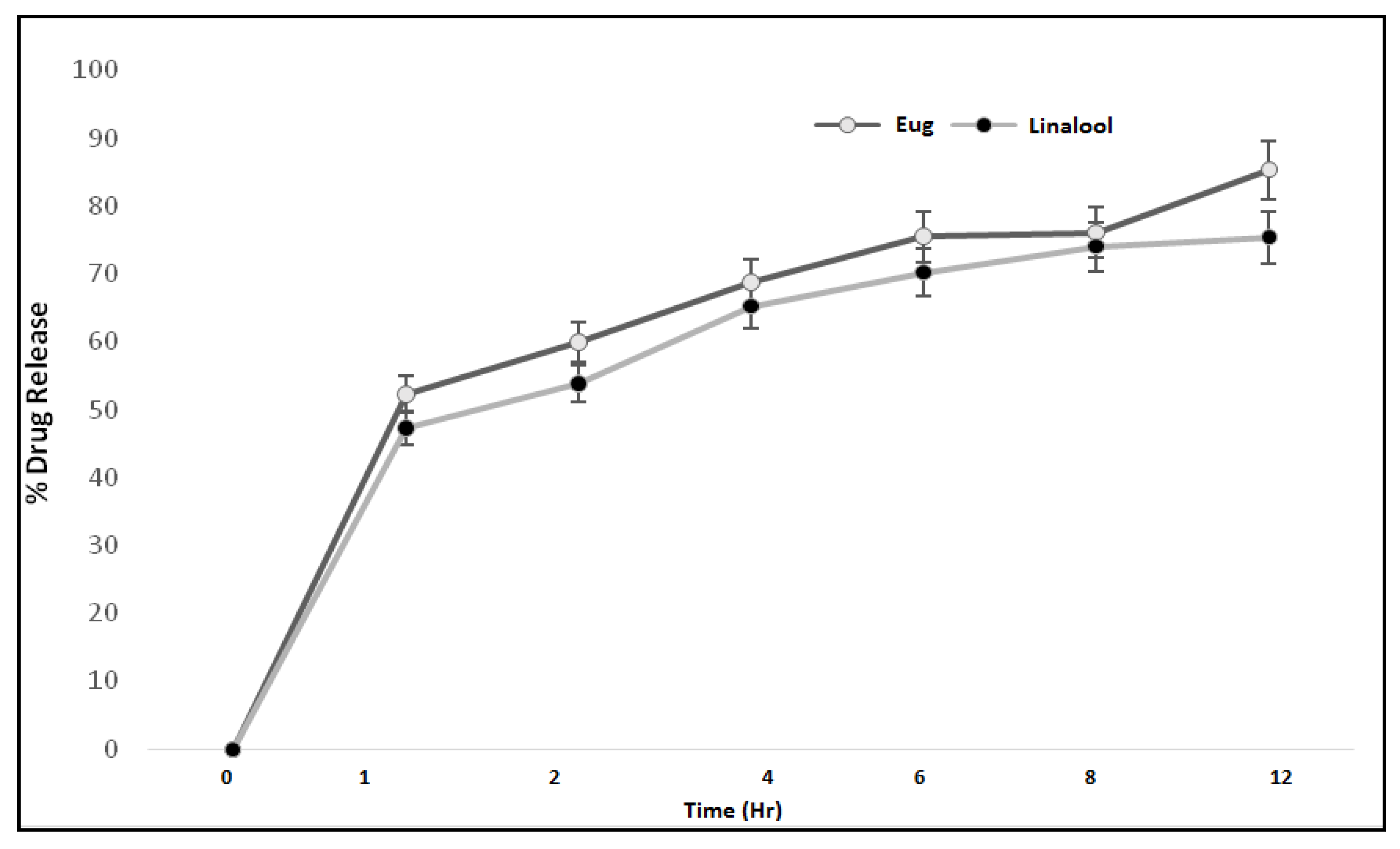


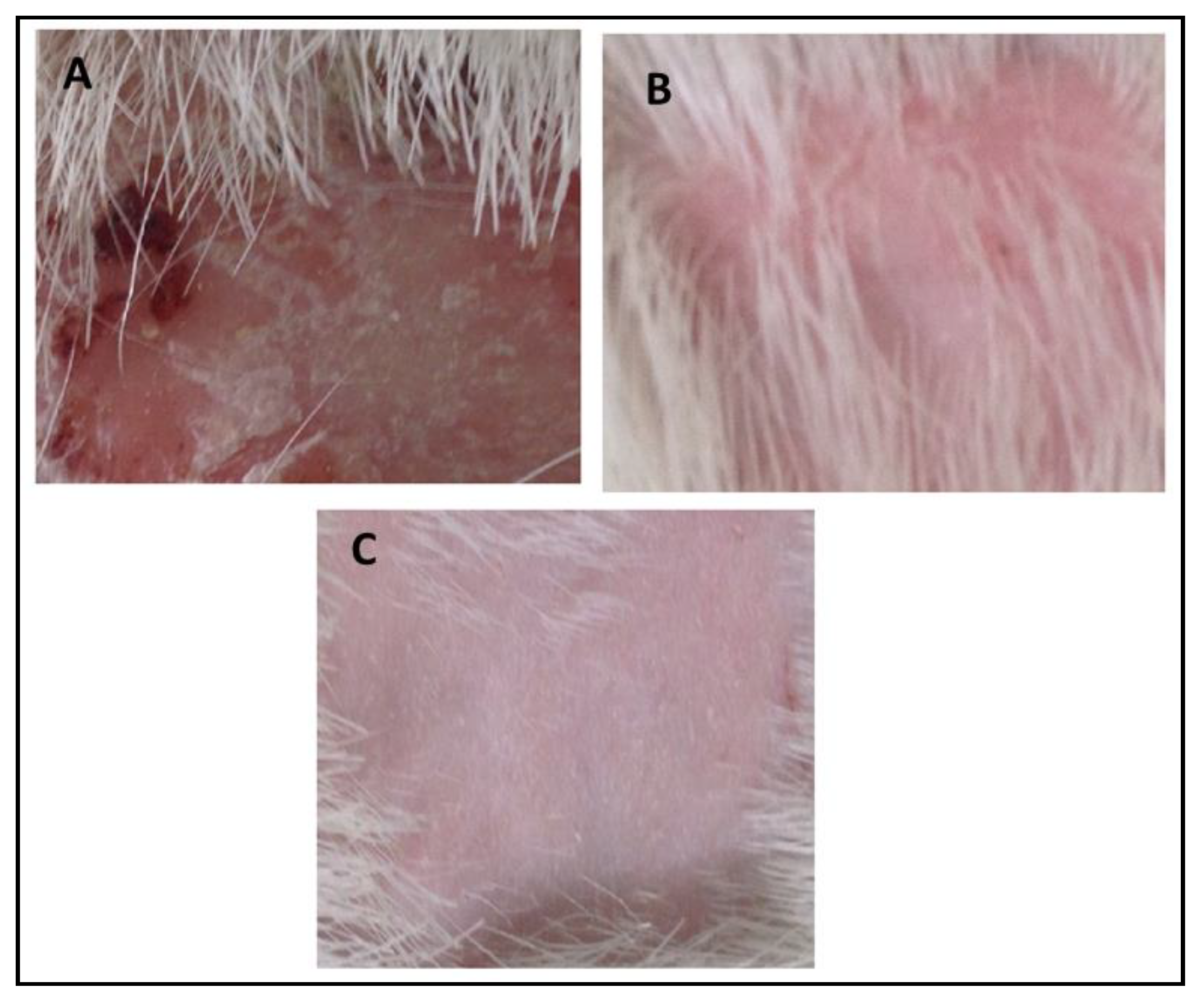
| Freshly Prepared | After 12 h | After 24 h | After 7 Days | After 14 Days | After 28 Days | ||
|---|---|---|---|---|---|---|---|
| Color | A | WC | WC | WC | WC | WC | WC |
| B | WC | WC | WC | WC | WC | WC | |
| C | WC | WC | WC | WC | WC | WC | |
| D | WC | WC | WC | WC | WC | WC | |
| Smell | A | -ve | -ve | -ve | -ve | -ve | -ve |
| B | -ve | -ve | -ve | -ve | -ve | -ve | |
| C | -ve | -ve | -ve | -ve | -ve | -ve | |
| D | -ve | -ve | -ve | -ve | -ve | -ve | |
| Homogeneity | A | *** | *** | *** | *** | *** | *** |
| B | *** | *** | *** | ** | *** | ** | |
| C | *** | *** | *** | ** | *** | ** | |
| D | *** | *** | *** | *** | *** | *** | |
| Phase separation | A | -ve | -ve | -ve | -ve | -ve | -ve |
| B | -ve | -ve | -ve | -ve | -ve | -ve | |
| C | -ve | -ve | -ve | -ve | -ve | -ve | |
| D | -ve | -ve | -ve | -ve | -ve | -ve | |
| Grittiness | A | -ve | -ve | -ve | -ve | -ve | -ve |
| B | -ve | -ve | -ve | -ve | -ve | -ve | |
| C | -ve | -ve | -ve | -ve | -ve | -ve | |
| D | -ve | -ve | -ve | -ve | -ve | -ve | |
| Time | Viscosities at 8 °C | Viscosities at 25 °C | Viscosities at 40 °C |
|---|---|---|---|
| Day 0 | 14,390 | 14,390 | 14,390 |
| Day 1 | 14,380 ± 13.7 | 14,310 ± 13.1 | 13,101 ± 10.2 |
| Day 2 | 14,380 ± 12.5 | 14,200 ± 13.3 | 12,990 ± 11.3 |
| Day 7 | 14,350 ± 13.2 | 14,120 ± 13.7 | 12,000 ± 11.3 |
| Day 14 | 14,342 ± 13.9 | 14,100 ± 12.2 | 11,970 ± 11.5 |
| Day 28 | 14,337 ± 12.4 | 13,980 ± 13.2 | 11,950 ± 13.2 |
| Formulations | Spreadability at 8 °C | Spreadability at 25 °C | Spreadability at 40 °C |
|---|---|---|---|
| ELE 1 | 16.90 ± 1.11 | 20.72 ± 1.35 | 26.43 ± 1.98 |
| ELE 2 | 16.89 ± 1.17 | 20.77 ± 1.10 | 26.00 ± 11.2 |
| Formulation Code | Time (Min) | Swelling Index ± SD (%) |
|---|---|---|
| ELE1 | 30 60 90 | 113.33 ± 1.14% 119.33 ± 1.17% 121.56 ± 1.20% |
| ELE2 | 30 60 90 | 88.880 ± 1.18% 100.50 ± 1.21% 111.10 ± 1.25% |
| Formulations | Droplet Size ± SD (nm) | Zeta Potential ± SD (mV) | PDI Ratio |
|---|---|---|---|
| ELE1 * | 470.84 ± 7.30 | −23.30 | 0.135 |
| ELE2 | 888.45 ± 8.78 | −20.30 | 0.44 |
| S.No | Treatment | Zone of Inhibitions |
|---|---|---|
| 1 | Eugenol | 2.5 ± 0.12 mm |
| 2 | Linalool | 3.5 ± 0.14 mm |
| 3 | Eugenol + Linalool | 5.5 ± 0.19 mm |
| 4 | Blank formulation (ELE1) | 0 mm |
| 5 | Drug-loaded formulation (ELE4) | 10.5 ± 0.8 mm |
| S.No | Groups | Induction of Infection | |||
|---|---|---|---|---|---|
| 0 h | 24 h | 48 h | 72 h | ||
| 1 | Control group | 0 | 0 | 2 | 4 |
| 2 | Standard group | 0 | 0 | 2 | 4 |
| 3 | Experimental group | 0 | 0 | 2 | 4 |
| Days | Group-1 | Group-11 | Group-III |
|---|---|---|---|
| Control Group | Standard Group | Experimental Group | |
| Day1 | 4 | 4 | 4 |
| Day2 | 5 | 4 | 2 |
| Day3 | 5 | 4 | 3 |
| Day4 | 5 | 3 | 3 |
| Day5 | 5 | 3 | 3 |
| Day6 | 5 | 3 | 2 |
| Day7 | 5 | 2 | 1 |
| Day8 | 5 | 1 | 1 |
| Day9 | 5 | 1 | 1 |
| Day10 | 5 | 0 | 1 |
| Day11 | 5 | 0 | 0 |
| Day12 | 5 | 0 | 0 |
Publisher’s Note: MDPI stays neutral with regard to jurisdictional claims in published maps and institutional affiliations. |
© 2021 by the authors. Licensee MDPI, Basel, Switzerland. This article is an open access article distributed under the terms and conditions of the Creative Commons Attribution (CC BY) license (https://creativecommons.org/licenses/by/4.0/).
Share and Cite
Akram, M.A.; Khan, B.A.; Khan, M.K.; Alqahtani, A.; Alshahrani, S.M.; Hosny, K.M. Fabrication and Characterization of Polymeric Pharmaceutical Emulgel Co-Loaded with Eugenol and Linalool for the Treatment of Trichophyton rubrum Infections. Polymers 2021, 13, 3904. https://doi.org/10.3390/polym13223904
Akram MA, Khan BA, Khan MK, Alqahtani A, Alshahrani SM, Hosny KM. Fabrication and Characterization of Polymeric Pharmaceutical Emulgel Co-Loaded with Eugenol and Linalool for the Treatment of Trichophyton rubrum Infections. Polymers. 2021; 13(22):3904. https://doi.org/10.3390/polym13223904
Chicago/Turabian StyleAkram, Muhammad Abdullah, Barkat Ali Khan, Muhammad Khalid Khan, Ali Alqahtani, Sultan M. Alshahrani, and Khaled M. Hosny. 2021. "Fabrication and Characterization of Polymeric Pharmaceutical Emulgel Co-Loaded with Eugenol and Linalool for the Treatment of Trichophyton rubrum Infections" Polymers 13, no. 22: 3904. https://doi.org/10.3390/polym13223904
APA StyleAkram, M. A., Khan, B. A., Khan, M. K., Alqahtani, A., Alshahrani, S. M., & Hosny, K. M. (2021). Fabrication and Characterization of Polymeric Pharmaceutical Emulgel Co-Loaded with Eugenol and Linalool for the Treatment of Trichophyton rubrum Infections. Polymers, 13(22), 3904. https://doi.org/10.3390/polym13223904






